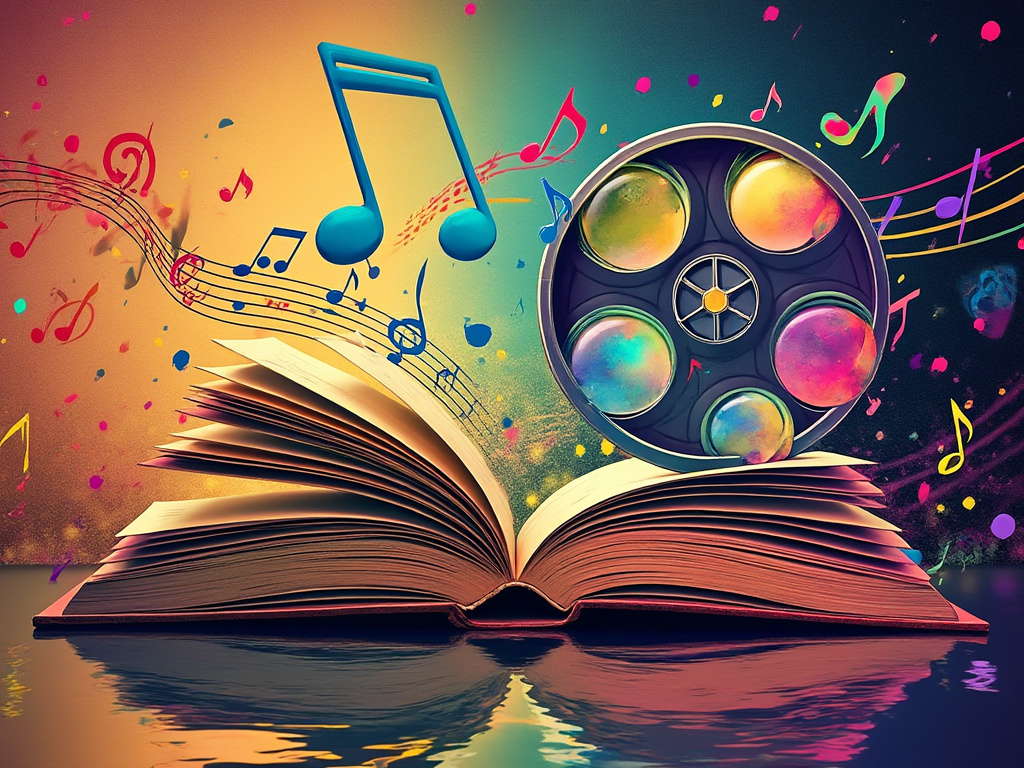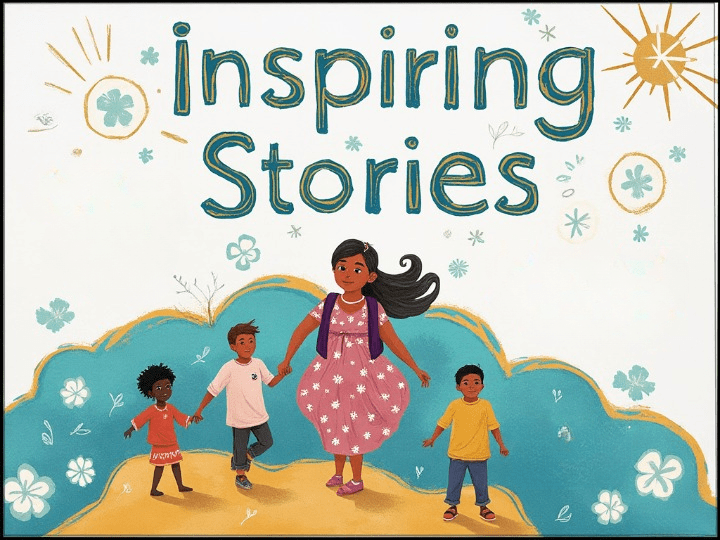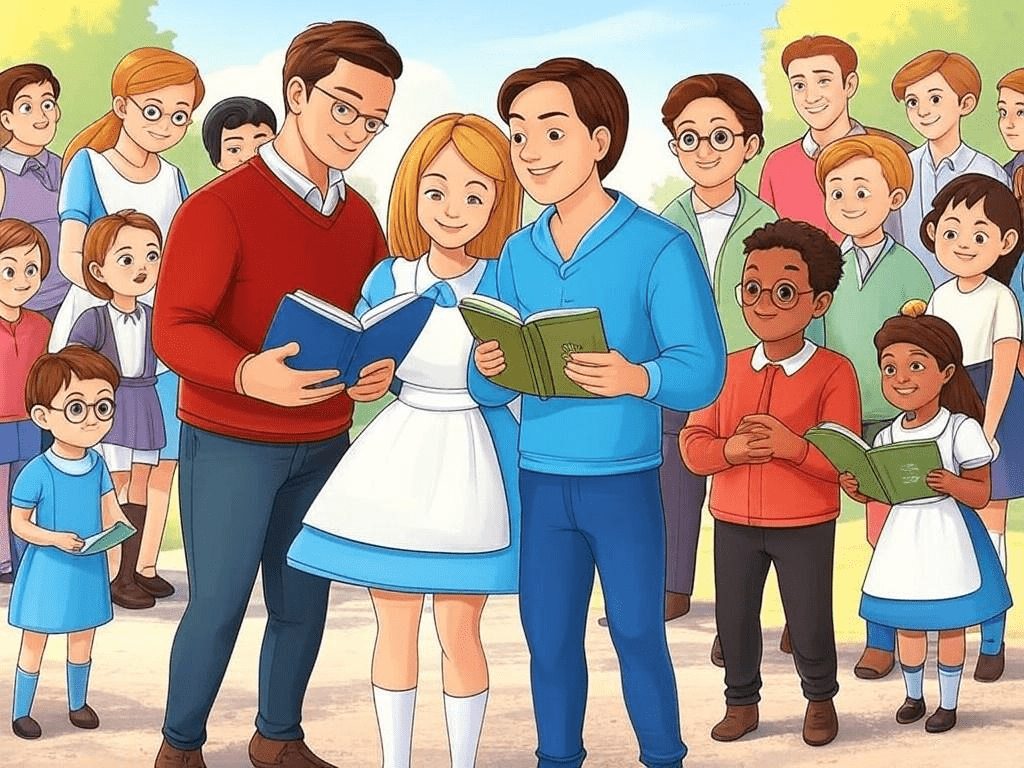Explore the concept of genre, its significance in storytelling, and how it enhances both creation and consumption of literature, film, and music.
Introduction
When discussing literature, film, or music, you might come across the term “genre.” But what is genre exactly? Simply put, genre is a category that defines the style, form, or content of a piece of work. Whether you’re a writer, filmmaker, or just a consumer of content, understanding what is genre can significantly enhance how you engage with different forms of storytelling. In this article, we’ll break down the concept of genre, explore its various types, and understand its importance in the creative world.

Genre Definition
Before diving deeper, let’s begin with a basic genre definition. Genre refers to the classification of a creative work based on its similarities in form, style, or subject matter. For example, literature is often divided into genres like fiction, non-fiction, poetry, or drama. Each of these categories holds specific characteristics that distinguish them from others. Similarly, films and music are grouped into genres like comedy, horror, romance, or action, each evoking different emotions and experiences.
Genres exist not only to help creators organize their work but also to guide audiences in finding content that resonates with their interests. Understanding what is genre enables readers, viewers, and listeners to make informed decisions about what to consume.
What Are Different Genres of Writing?
Now that we know what is genre, let’s explore what are different genres of writing. In literature, genres are a way to categorize works that share similar themes or styles. Common literary genres include:
- Fiction: This genre involves stories created from the imagination. Sub-genres like fantasy, science fiction, and historical fiction fall under this category.
- Non-fiction: Works based on real events or people. Examples include biographies, memoirs, and essays.
- Poetry: Written in verse, poetry focuses on rhythm, meter, and emotional resonance.
- Drama: These are works meant to be performed, such as plays or screenplays.
Writers often choose their genre based on the type of story they want to tell and the audience they aim to reach. When you’re aware of what is genre, it helps you choose the right form and style for your narrative.
Why Genre Matters
Understanding what is genre is essential because it affects how both creators and consumers interact with a work. For creators, genre serves as a roadmap for developing a narrative structure, characters, and themes. It also helps set audience expectations. For instance, someone picking up a horror novel knows they can expect suspense, danger, and possibly supernatural elements.
For consumers, genre is a guide that leads them to content they are likely to enjoy. Readers searching for escapism might turn to genres like fantasy or romance, while those seeking personal development could opt for non-fiction.
Knowing what is genre also empowers writers and creators to innovate. While genres come with established conventions, there is room to blend or break the rules. For instance, combining elements of science fiction with romance can result in a fresh, engaging narrative. Understanding genre offers both flexibility and structure, allowing for creativity within a framework.
What Are Examples of Genres?
To get a better sense of what is genre, let’s consider what are examples of genres across different mediums. In film, common genres include:
- Comedy: Designed to make the audience laugh.
- Horror: Meant to evoke fear or dread.
- Action: Focuses on physical stunts, chases, and excitement.
- Romance: Centers on love stories and emotional relationships.
In literature, genres are similarly diverse. For example:
- Mystery: Revolves around solving a crime or uncovering secrets.
- Thriller: Filled with suspense and tension, often involving danger or conflict.
- Fantasy: Includes magical elements and imaginary worlds, often involving a hero’s journey.
- Historical Fiction: Set in the past, it uses real historical events to shape a fictional story.
As you can see, knowing what is genre helps both creators and audiences engage more deeply with content by setting expectations and providing structure.
Why You Should Know About Genre
You might be wondering why it’s essential to understand what is genre. Simply put, it enriches your experience as both a creator and a consumer. Knowing the conventions of your preferred genres enables you to dive deeper into their nuances and appreciate the creativity involved. On the flip side, as a writer or filmmaker, understanding genres helps you connect with your audience by delivering what they expect—or by subverting those expectations to create something new and exciting.
In addition to the traditional benefits of understanding genre, platforms like NFTBOOKS bring even more innovation to the literary world. On the NFTBOOKS platform, you can explore more than 10 genres in over 6 different languages. Whether you prefer fiction, non-fiction, or poetry, this platform offers something for everyone. What makes NFTBOOKS truly innovative is its decentralized model, which allows authors to retain full rights over their work while benefiting from unique features like perpetual passive royalty income. Readers, too, enjoy added advantages, such as the ability to rent, resell, or even invest in books through NFTs.
You might be interested in reading 5 Best Ways to Get Paid For Reading Books as well.
Final Thought
In summary, understanding what is genre is fundamental to both the creation and consumption of content. It provides a framework for categorizing creative works and helps set expectations for audiences. Whether you’re exploring what are different genres of writing or simply curious about the many genres available in film and music, knowing the basics can enhance your appreciation for the stories you encounter.
From genre definition to examples of popular genres, the concept is broad and far-reaching. It allows for creativity within structure, giving both creators and consumers the tools they need to engage with content meaningfully.







